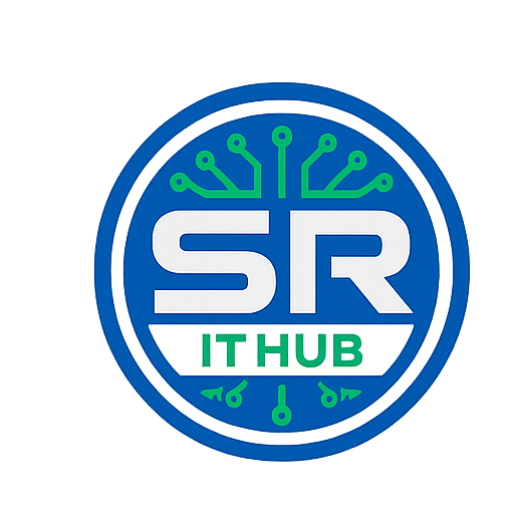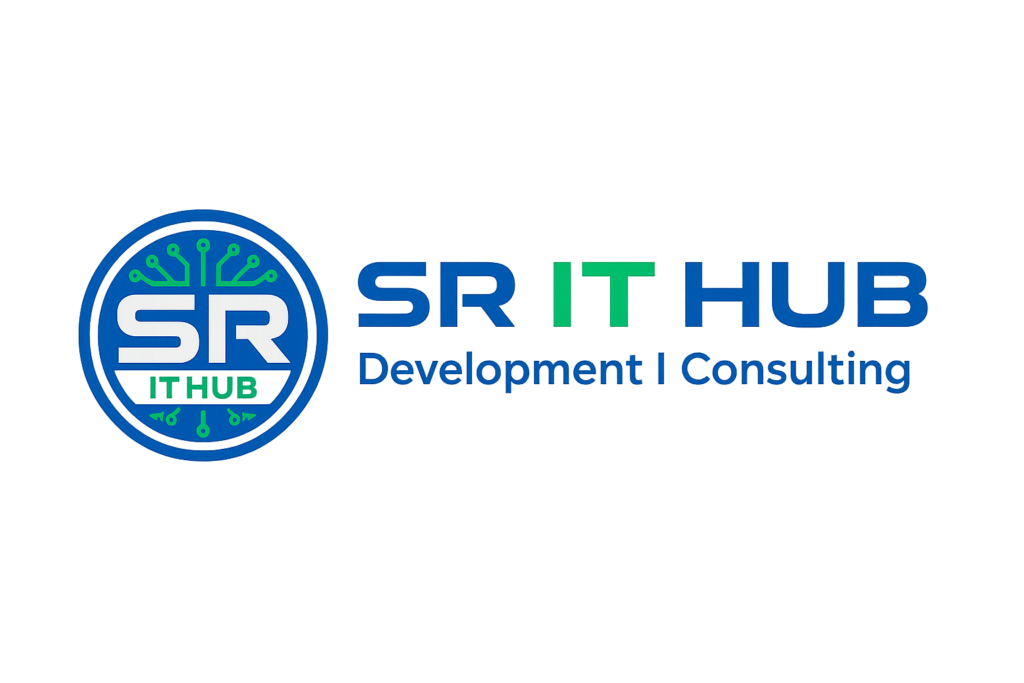ABSTRACT
Malicious software or malware continues to pose a major security concern in this digital age as computer users, corporations, and governments witness an exponential growth in malware attacks. Current malware detection solutions adopt Static and Dynamic analysis of malware signatures and behaviour patterns that are time consuming and ineffective in identifying unknown malwares. Recent malwares use polymorphic, metamorphic and other evasive techniques to change the malware behaviours quickly and to generate large number of malwares. Since new malwares are predominantly variants of existing malwares, machine learning algorithms (MLAs) are being employed recently to conduct an effective malware analysis. This requires extensive feature engineering, feature learning and feature representation. By using the advanced MLAs such as deep learning, the feature engineering phase can be completely avoided. Though some recent research studies exist in this direction, the performance of the algorithms is
biased with the training data. There is a need to mitigate bias and evaluate these methods independently in order to arrive at new enhanced methods for effective zero day malware detection. To fill the gap in literature, this work evaluates classical MLAs and deep learning architectures for malware detection, classification and categorization with both public and private datasets. The train and test splits of public and private datasets used in the experimental analysis are disjoint to each others and collected in different timescales. In addition, we propose a novel image processing technique with optimal parameters for MLA sand deep learning architectures. A comprehensive experimental evaluation of these methods indicate that deep learning architectures outperform classical MLAs. Overall, this work proposes an effective visual detection of malware using a scalable and hybrid deep learning framework for real-time deployments. The visualization and deep learning architectures for static, dynamic and image processing based hybrid approach in a big data environment is a new enhanced method for effective zero-day malware detection.
EXISTING SYSTEM
Since new malwares are predominantly variants of existing malwares, machine learning algorithms (MLAs) are being employed recently to conduct an effective malware analysis. This requires extensive feature engineering, feature learning and feature representation. By using the advanced MLAs such as deep learning, the feature engineering phase can be completely avoided. Though some recent research studies exist in this direction, the performance of the algorithms is based with the training data. There is a need to mitigate bias and evaluate these methods independently in order to arrive at new enhanced methods for effective zero day malware detection. To fill the gap in literature, this work evaluates classical MLAs and deep learning architectures for malware detection, classification and categorization with both public and private datasets. The train and test splits of public and private datasets used in the experimental analysis are disjoint to each others and collected in different timescales.
PROPOSED SYSTEM
In proposed a methodology to represent binaries into image representation. This can preserve the sequential information of bytecodes and it is similar to [28]. The proposed method converts the byte code into byte streams and thereby this method is able to preserve the sequential order of binary code. Various deep learning architectures such as CNN and bidirectional LSTM and combination of CNN and bidirectional LSTM architectures are evaluated with sampling and as well as without sampling techniques to handle the samples equally across all the classes.
SYSTEM REQUIREMENTS
SOFTWARE REQUIREMENTS:
• Programming Language : Python
• Font End Technologies : TKInter/Web(HTML,CSS,JS)
• IDE : Jupyter/Spyder/VS Code
• Operating System : Windows 08/10
HARDWARE REQUIREMENTS:
Processor : Core I3
RAM Capacity : 2 GB
Hard Disk : 250 GB
Monitor : 15″ Color
Mouse : 2 or 3 Button Mouse
Key Board : Windows 08/10

